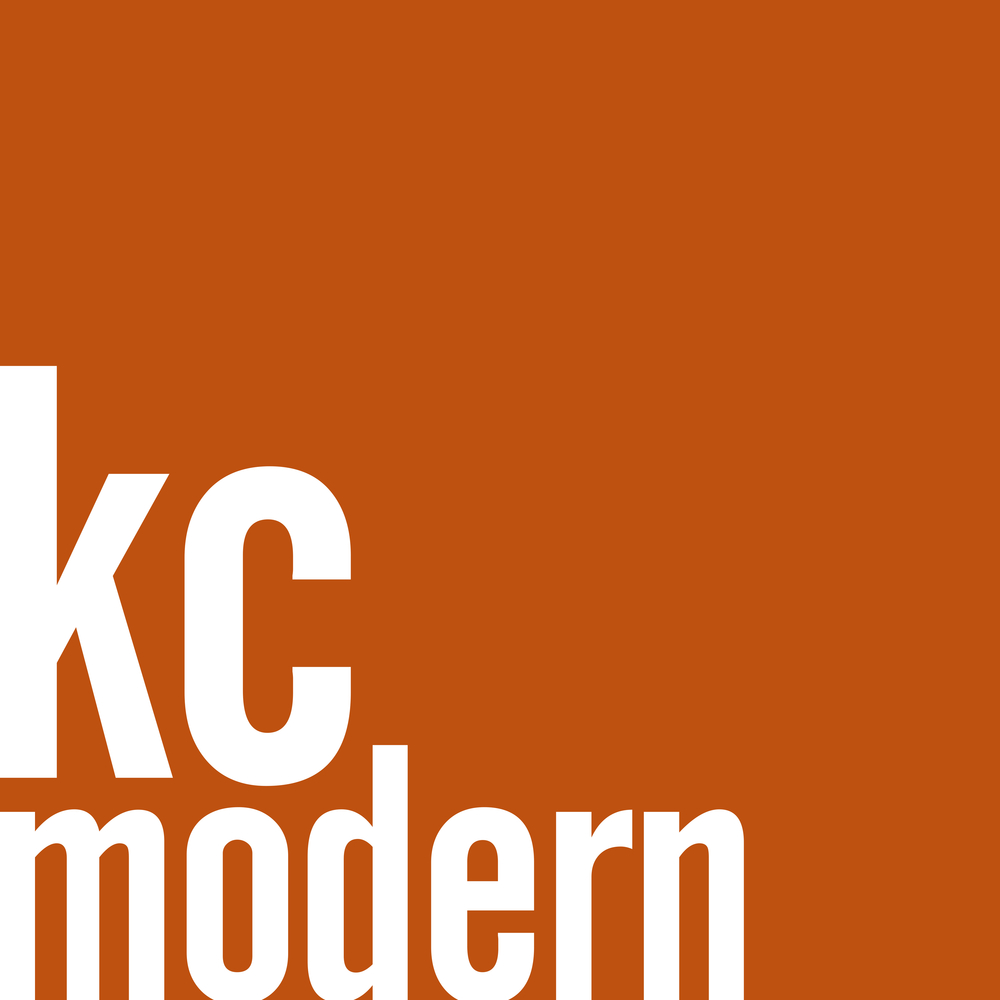
In 1951 Francie Drummond returned from a trip to San Francisco CA. She had seen houses built by, and met, a successful Bay Area home builder named Earl Smith. She liked the way his new house plan functioned. He developed subdivisions and built many homes. Due to the flat roofs on his many houses he was nicknamed "Flat Top" Smith. Joe Eichler, another Bay Area builder/developer started his Sunnyvale Development with house plans obtained from Smith. Here are vintage photos of Smith's model and floor plan, courtesy of Robert. (click on image to enlarge)

 Francie returned home with the plans and Don built the house almost identical to Smith's, only changing; sizes of specific spaces for buyers needs, siding types, using Reynolds Aluminum windows, offering smaller patios, landscaping by Stuart Mertz and Associates (out of St. Louis MO) and per Don "engineering the house to take ten feet of snow". He liked this plan because of it's sense of structure and lovingly called them "Flatties". He built one to "model" and sold more than he had lots...quickly fixing that with J.C. Nichols, he still had to deal with the concern for flat roofs and FHA Financing issues. The house below is one of the best preserved of all the "Flatties". So much of the original classic 1950's landscaping has "grown out" and wasn't replaced...the crab trees,tulip trees and junipers softened the edges...
Francie returned home with the plans and Don built the house almost identical to Smith's, only changing; sizes of specific spaces for buyers needs, siding types, using Reynolds Aluminum windows, offering smaller patios, landscaping by Stuart Mertz and Associates (out of St. Louis MO) and per Don "engineering the house to take ten feet of snow". He liked this plan because of it's sense of structure and lovingly called them "Flatties". He built one to "model" and sold more than he had lots...quickly fixing that with J.C. Nichols, he still had to deal with the concern for flat roofs and FHA Financing issues. The house below is one of the best preserved of all the "Flatties". So much of the original classic 1950's landscaping has "grown out" and wasn't replaced...the crab trees,tulip trees and junipers softened the edges... Drummond built culdesacs of his "Flatties" at 71st Terrace and Mission, now demolished for a Care Center, but that's another story, and 75th and Ash...the west side of the street demolished for additional daycare space for the adjacent church and a fire wiping out another on the east side of the street. There are a few on Rosewood also.
Drummond built culdesacs of his "Flatties" at 71st Terrace and Mission, now demolished for a Care Center, but that's another story, and 75th and Ash...the west side of the street demolished for additional daycare space for the adjacent church and a fire wiping out another on the east side of the street. There are a few on Rosewood also. This one sports shutters and a bay window with leaded glass and converted garage, an 80's redo, note the "Flattie" behind and to the left with yellow trim... the photo below has trees that obscure the breaks in the facade but reveals the vinyl siding and replacement windows.
This one sports shutters and a bay window with leaded glass and converted garage, an 80's redo, note the "Flattie" behind and to the left with yellow trim... the photo below has trees that obscure the breaks in the facade but reveals the vinyl siding and replacement windows. Don said "once I put tops on, I sold more" , meaning I guess, he got extra mileage out of the plan by putting hip roofs on the houses. Today many of these houses are considered "old" looking, but in their day and with appreciative owners today, they can look pretty cool and still provide a great sense of space and economy. The house below was redone in the late 1970's by altering the entry and adding a front deck and sliding doors where the "picture" window was, still looking nice today... Interesting to note, this was the first house that connected Don to Eichler and later led to both their work with Case Study architects Jones and Emmons from California...
Don said "once I put tops on, I sold more" , meaning I guess, he got extra mileage out of the plan by putting hip roofs on the houses. Today many of these houses are considered "old" looking, but in their day and with appreciative owners today, they can look pretty cool and still provide a great sense of space and economy. The house below was redone in the late 1970's by altering the entry and adding a front deck and sliding doors where the "picture" window was, still looking nice today... Interesting to note, this was the first house that connected Don to Eichler and later led to both their work with Case Study architects Jones and Emmons from California...







